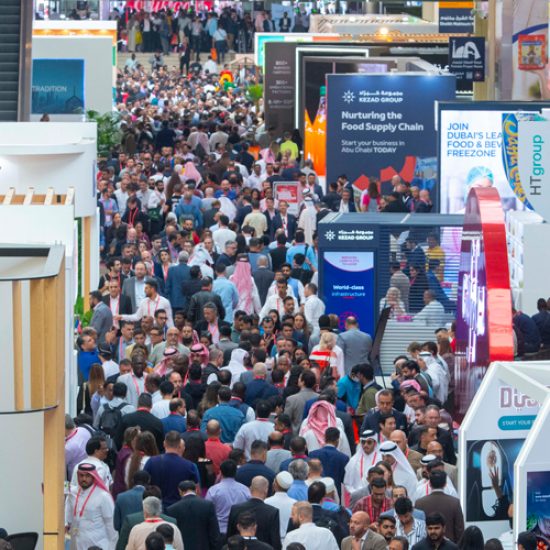
India is headed for a long and critical election season that will span five states, just as many weeks and 160 million voters.
The polls will be seen as a test of whether the appeal of Prime Minister Narendra Modi–who won a landslide election in 2014–endures after his move to remove 86% of bank notes from circulation led to a severe cash shortage.
The first ballot will be cast on Feb. 4, the Election Commission announced in a news conference Wednesday, and voting results from all states will emerge on March 11.
The spotlight lies on the country’s largest state and most coveted electoral prize, Uttar Pradesh, whose residents will vote in seven phases, each encompassing a different area, from Feb. 11 through March 8. The state has more-than 400 electoral constituencies, each representing a seat in its legislature.
The result of the Uttar Pradesh vote will mold Indian politics in the coming years, including national elections in 2019. Mr. Modi’s Bharatiya Janata Party faces two powerful regional players who have traded power for the past 15 years—the incumbent Samajwadi Party and lower-caste icon Kumari Mayawati’s Bahujan Samaj Party—and, to a smaller extent, the Congress party led by Rahul Gandhi.
A defeat for the BJP would make a significant dent in Mr. Modi’s credibility, particularly because Uttar Pradesh dominates what is known as India’s Hindi heartland, a region that should count as his party’s stronghold at a time when it is seeking to push into parts of the country that have traditionally been outside its reach.
While polling dates were announced Wednesday, the four parties in the fray in Uttar Pradesh have been preparing for weeks. In a massive rally in the state capital Lucknow on Monday, Mr. Modi’s rhetoric followed a well-worn path, one that helped his party sweep the state in 2014 elections with 71 of 80 parliamentary seats. He largely focused on development, while mocking his chief competitors.
Much will depend on how Mr. Modi’s policy to abruptly cancel and then slowly replace the majority of India’s currency, which has left ordinary citizens scrambling for cash, will weigh on voting decisions.
The other crucial state going to the polls is Punjab, where an alliance of the BJP and a regional party, the Shiromani Akali Dal, has been in power for 10 years. Polling in Punjab, which is grappling with alleged political corruption and widespread drug abuse, will take place on Feb. 4, the Election Commission said. A big upset here would be a victory for the four-year-old Aam Aadmi Party which governs only one small Indian state, Delhi, and has been working to expand.
The small western state of Goa will vote on the same day as Punjab, followed by the northern state of Uttarakhand, on Feb. 15. Mr. Modi’s party tried unsuccessfully last year to topple the Congress government in the state of Uttarakhand, one of the few remaining places where the independence-era party of the Nehru-Gandhi family is in power. It will seek to wrest the state in the upcoming vote.
The fifth state part of this election cycle is Manipur in India’s remote northeast where, again, the BJP is looking to make gains at the cost of the governing Congress. Voting in Manipur will take place in two parts on March 4 and 8.
For breaking news, features and analysis from India, follow WSJ India on Facebook.




